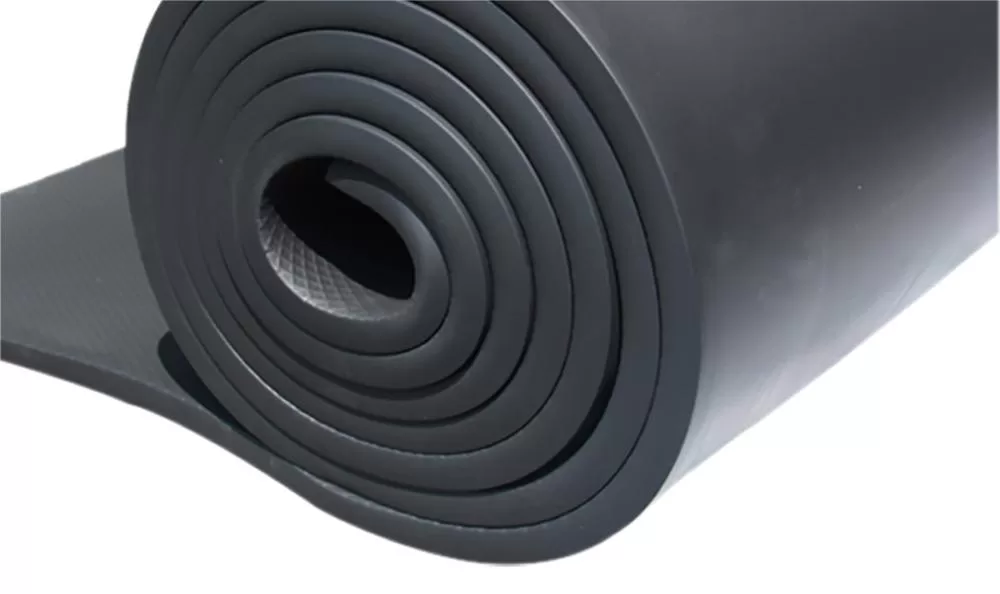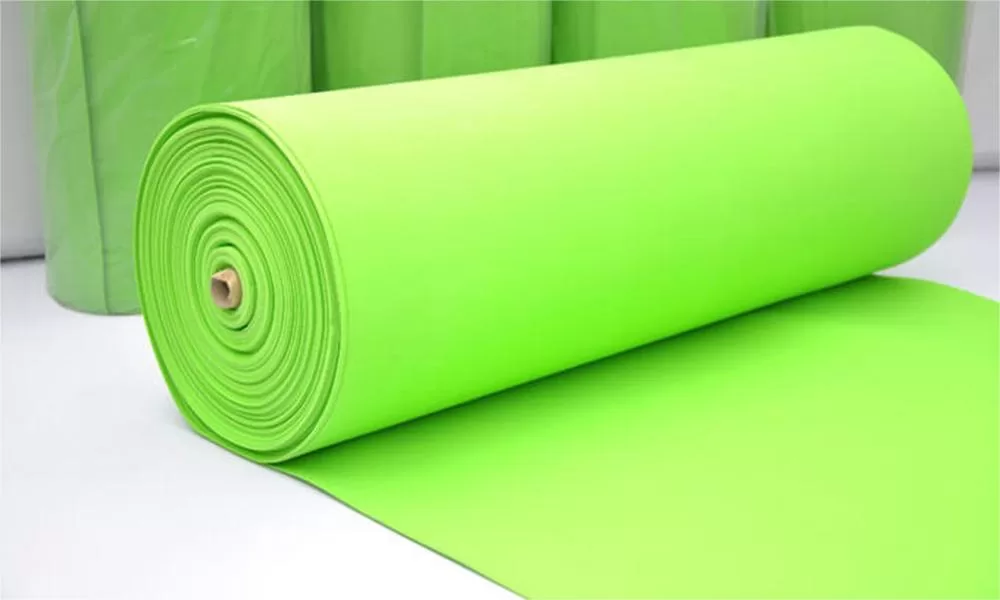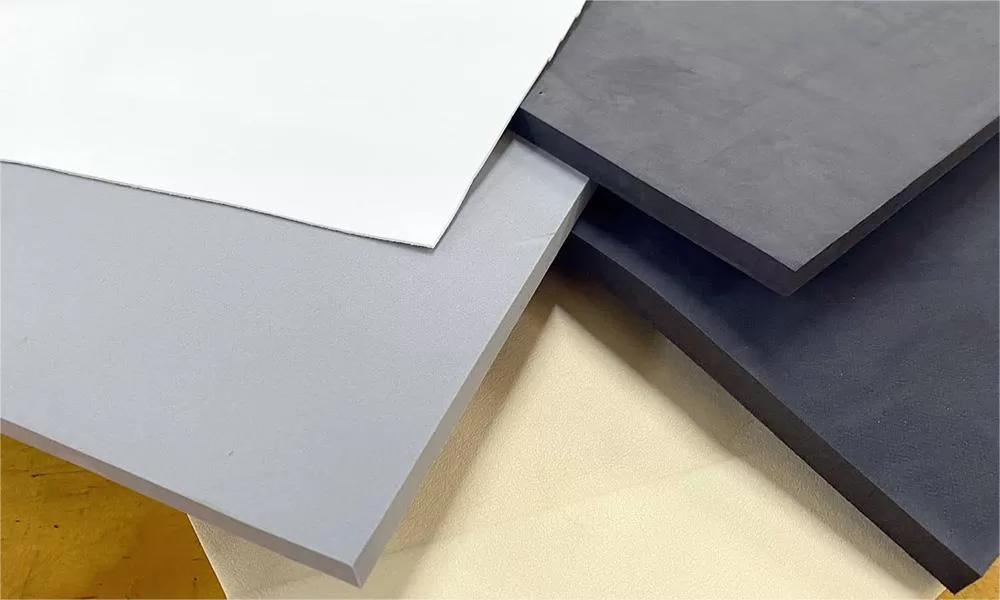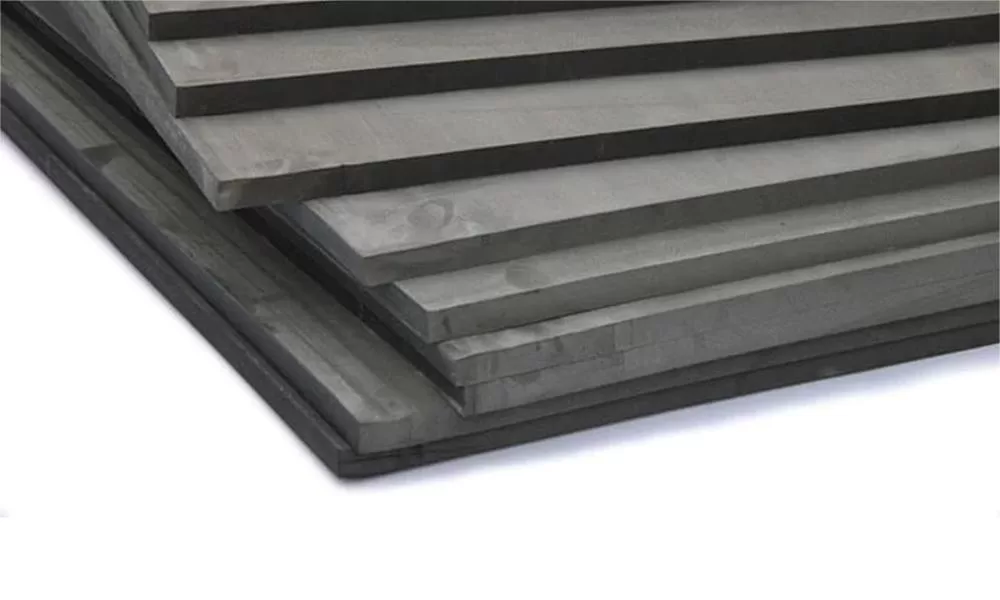Vorwort
In der riesigen Welt der Isoliermaterialien ist geschlossenzelliger Polyurethanschaum sowohl für Profis als auch für Hausbesitzer die erste Wahl. Seine einzigartige Zellstruktur und Eigenschaften machen es zu einer vielseitigen und effektiven Lösung für eine Vielzahl von Anwendungen. Dieser Artikel befasst sich eingehend mit den Feinheiten von geschlossenzelligem Polyurethanschaum und beleuchtet seine Vorteile, Verwendungsmöglichkeiten und warum er in der Branche die bevorzugte Wahl ist.

Die Grundlagen von geschlossenzelligem Polyurethanschaum verstehen
Geschlossenzelliger Polyurethanschaum zeichnet sich durch seine dichte Struktur aus. Im Gegensatz zu offenzelliger PolyurethanschaumBei geschlossenzelligem Schaumstoff sind einzelne Schaumzellen vollständig voneinander abgedichtet. Das Ergebnis ist ein kompakter Hartschaum, der nicht nur hervorragende Isoliereigenschaften aufweist, sondern auch eine höhere Wasserbeständigkeit bietet, was ihn zur bevorzugten Wahl für viele industrielle Anwendungen macht.
Der hohe R-Wert: Ein entscheidender Vorteil
Der R-Wert ist ein Maß für den Widerstand eines Materials gegenüber dem Wärmefluss. Geschlossenzelliger Schaumstoff zeichnet sich durch einen hohen R-Wert pro Zoll aus und bietet eine außergewöhnliche Wärmedämmung. Diese hohe Isolierfähigkeit bedeutet, dass Strukturen aus geschlossenzelligem Schaumstoff die Innentemperaturen effektiver aufrechterhalten können, was zu erheblichen Energieeinsparungen und geringeren Stromrechnungen führt.
Feuchtigkeitsbeständigkeit: Wasser fernhalten
Eines der herausragenden Merkmale von geschlossenzelligem Schaumstoff ist seine Wasserundurchlässigkeit. Im Gegensatz zu anderen Isoliermaterialien, die mit der Zeit Feuchtigkeit absorbieren können, bleibt geschlossenzelliger Schaumstoff davon unberührt. Diese Feuchtigkeitsbeständigkeit gewährleistet nicht nur die Langlebigkeit der Isolierung, sondern verhindert auch mögliche Schimmelbildung und schützt so die Gesundheit der Bewohner.
Stärke und strukturelle Integrität
Über seine isolierenden Eigenschaften hinaus trägt geschlossenzelliger Schaumstoff zur strukturellen Festigkeit der Bereiche bei, in denen er eingesetzt wird. Seine inhärente Steifigkeit kann die Stabilität von Wänden, Dächern und anderen Strukturelementen verbessern und macht es zu einem unschätzbar wertvollen Material bei Bau- und Renovierungsprojekten.

Luftabdichtung: Die Barriere gegen Zugluft
Zugluft und Luftlecks können insbesondere in älteren Gebäuden ein erhebliches Problem darstellen. Geschlossenzelliger Schaumstoff mit seiner dichten Struktur fungiert als wirksame Luftbarriere. Die Beseitigung dieser Zugluft sorgt nicht nur für ein angenehmes Raumklima, sondern trägt auch zur Gesamtenergieeffizienz eines Gebäudes bei.
Vielseitigkeit in den Anwendungen
Die Einsatzmöglichkeiten von geschlossenzelligem Schaumstoff gehen weit über die herkömmliche Isolierung hinaus. Von Gewerbegebäuden bis hin zu Auftriebskörpern auf See – seine Eigenschaften machen es für eine Vielzahl von Szenarien geeignet. Ganz gleich, ob es bei Dacheindeckungsprojekten, in Kriechkellern oder sogar in Flotationsgeräten zum Einsatz kommt, seine Haltbarkeit und Leistung bleiben gleichbleibend.
Umweltauswirkungen und Nachhaltigkeit
In der heutigen Welt ist Nachhaltigkeit von größter Bedeutung. Geschlossenzelliger Polyurethanschaum steht im Einklang mit diesem Ethos. Seine isolierende Eigenschaft führt nicht nur zu einem geringeren Energieverbrauch, sondern viele Hersteller stellen auch sicher, dass ihre Produktionsprozesse minimale Auswirkungen auf die Umwelt haben. Durch die Entscheidung für geschlossenzelligen Schaumstoff treffen Verbraucher und Unternehmen eine Entscheidung, die sowohl ihrer unmittelbaren Umgebung als auch der größeren Umwelt zugute kommt.

Abschluss
Geschlossenzelliger Polyurethanschaum ist ein Beweis für die Fortschritte in der Gebäude- und Konstruktionstechnologie. Seine unzähligen Vorteile, von der hohen Wärmebeständigkeit bis zum Feuchtigkeitsschutz, machen es zur ersten Wahl für Profis. Da die Nachfrage nach energieeffizienten und nachhaltigen Gebäudelösungen wächst, wird die Bedeutung von geschlossenzelligem Schaumstoff in der Branche noch weiter zunehmen.

